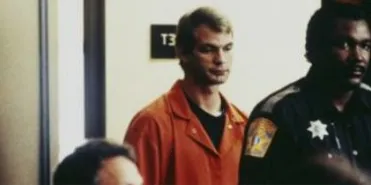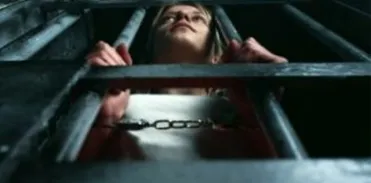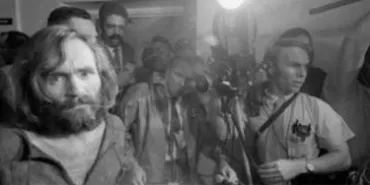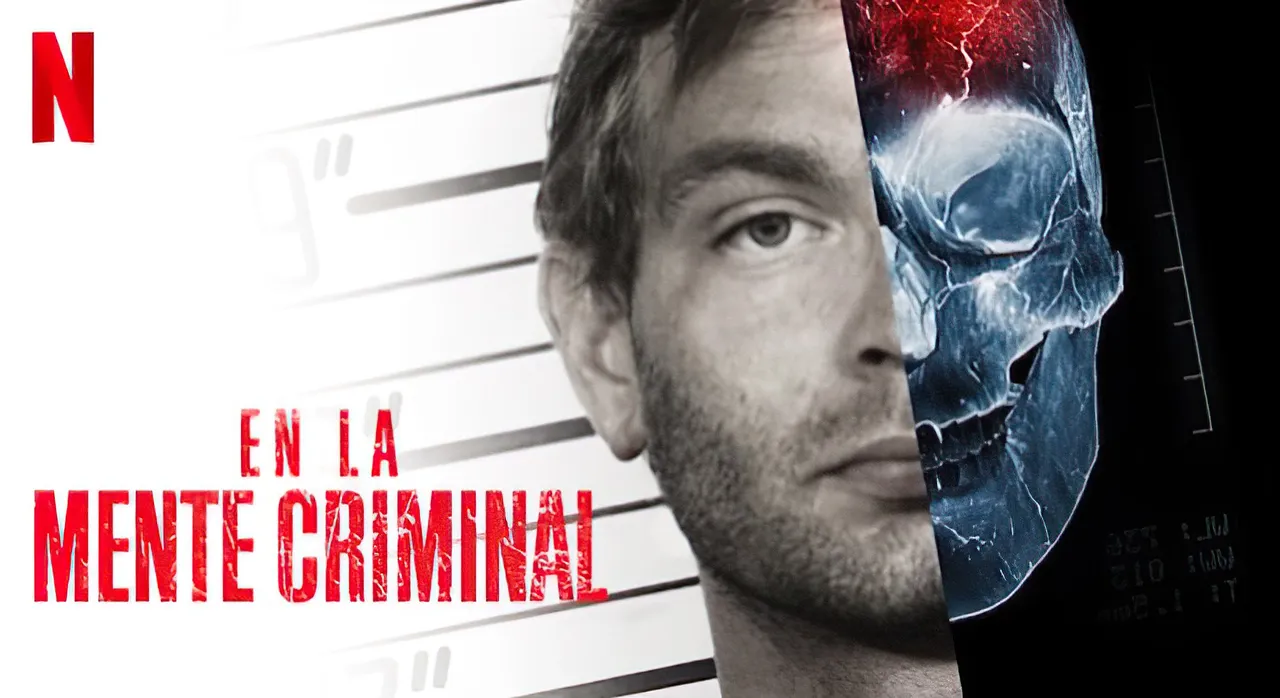

I will begin this review by acknowledging that I am an assiduous follower of criminal and police stories, it is a subject that I am passionate about...but I think you already knew this, so it is nothing new. You can assume then, that I belong to that high percentage of viewers who already watched the series dedicated to the serial killer Jeffrey Dahmer, which is broadcast with great popularity on Netflix.
When it comes to stories based on true events, as is the case with Dahmer, I usually first research the case, not to make spoilers for myself, because it has nothing to do with the staging, but to put myself in context of the what, how, when and where, of that story. This perhaps is a way to know to what extent the series or movie is really close to the facts.
Comenzaré esta reseña reconociendo que soy asidua seguidora de las historias criminales y policiales, es una temática que me apasiona…pero creo que esto ya lo sabían, así que no es ninguna novedad. Pueden suponer entonces, que pertenezco a ese alto porcentaje de espectadores que ya vieron la serie dedicada al asesino serial Jeffrey Dahmer, la cual se transmite con gran popularidad en Netflix.
Cuando se trata de historias basadas en hechos reales, como es el caso de Dahmer, suelo primero investigar el caso, no para hacerme spoilers, porque no tiene nada que ver con la puesta en escena, sino para ponerme en contexto del qué, cómo, cuándo y dónde, de esa historia. Esto tal vez es una manera de saber hasta qué punto la serie o la película está realmente apegada a los hechos.



So after reading about this man that everyone is talking about as if he were some new celebrity, I was able to learn about the Dantesque criminal history that earned him a place on the list of the cruelest and most ruthless serial killers in the United States, for which he was sentenced to 15 life sentences. This information was the incentive to encourage me to watch the series, 10 chapters that reveal the personality of a man who in cold blood was capable of seducing, murdering, and cannibalizing 17 people, without a feeling of guilt that put an end to the slaughter.
As I watched the series, I talked with my husband, making judgments about the reasons or causes that could lead a person to become such a monster. Many were the hypotheses that we imagined could have fed that criminal spirit, and while we debated looking for culprits, the answers were in the documentary: Inside the Criminal Mind.
Así que luego de leer quien fue ese hombre del que todos hablan como si se tratase de alguna nueva celebridad, pude conocer la dantesca historia criminal que le mereció estar en la lista de los asesinos seriales más crueles y despiadados de EEUU, por los cuales fue sentenciado a 15 cadenas perpetuas. Esta información fue el aliciente para animarme a ver la serie, 10 capítulos que revelan la personalidad de un hombre que a sangre fría fue capaz de seducir, asesinar y canibalizar a 17 personas, sin un sentimiento de culpa que pusiera fin a la matanza.
Mientras veía la serie, conversaba con mi esposo emitiendo juicios acerca de las razones o causas que pueden llevar a una persona a convertirse en un monstruo de esa calaña. Muchas fueran las hipótesis que imaginamos pudieron alimentar ese espíritu criminal, y mientras debatíamos buscando culpables, las respuestas estaban en el documental: En la mente criminal.

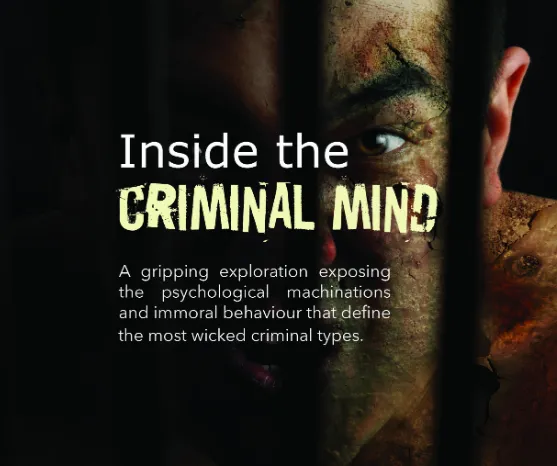

This documentary compiles the opinions, analyses, and studies carried out by different specialists in the areas of neurology, forensic psychology, and criminalistics, in order to determine whether criminal behaviors correspond to learned behaviors, genetic predisposition, or neurological causes. To this end, they identified 4 types of criminal minds: serial killers, kidnappers, death cult leaders, and crime lords. Each of these criminal profiles was analyzed in detail in the 4 chapters that make up the miniseries, the reason is that they are different personalities, although they coincide in that they are cruel and ruthless, the characteristics, motivations, and possible causes, in each case are different.
Serial killers, kidnappers, cult leaders, and organized crime bosses have origins that do not converge; for example, social strata, some grew up in the midst of poverty, but others did not have such economic deprivation. Some suffered violence and abuse in their childhood or witnessed family abuse or simply grew up in hostile environments. However, these may not necessarily have been the only causes for them to have criminal minds, there are neurological studies based on brain analysis that suggest a biological predisposition to a lack of empathy, control of emotions, and therefore to commit cruel acts. Although opinions are divided, experts affirm that there are brain differences between individuals with psychopathic disorders and those who are not.
Este documental recoge las opiniones, análisis y estudios realizados por diferentes especialistas en las áreas de la neurología, la psicología forense y la criminalística, con el fin de determinar si los comportamientos criminales corresponden a conductas aprendidas, a una predisposición genética o a causas neurológicas. Para ello, identificaron 4 tipos de mentes criminales: asesinos en serie, secuestradores, líderes de sectas de la muerte y señores del crimen (capos líderes de mafias). Cada uno de estos perfiles criminales fueron analizados en detalle en los 4 capítulos que conforman la miniserie, la razón obedece a que son personalidades distintas, que si bien coinciden en que son crueles y despiadados, las características, motivaciones y posibles causas, en cada caso son diferentes.
Los asesinos seriales, secuestradores, líderes de sectas y capos del crimen organizado, tienen orígenes que no convergen entre sí; por ejemplo, el estrato social, algunos crecieron en medio de la pobreza, pero otros no tuvieron esas carencias económicas. Algunos sufrieron violencia y abusos en su infancia, o fueron testigos del abuso familiar, o sencillamente crecieron en ambientes hostiles. Ahora bien, estas no necesariamente pudieron haber sido las únicas causas para haber tenido mentes criminales, hay estudios neurológicos basados en el análisis cerebral que sugieren una predisposición biológica a la falta de empatía, control de emociones, y por ende a cometer actos crueles. Aunque las opiniones están encontradas, expertos afirman que existen diferencias cerebrales entre los individuos con trastornos psicopáticos y los que no.

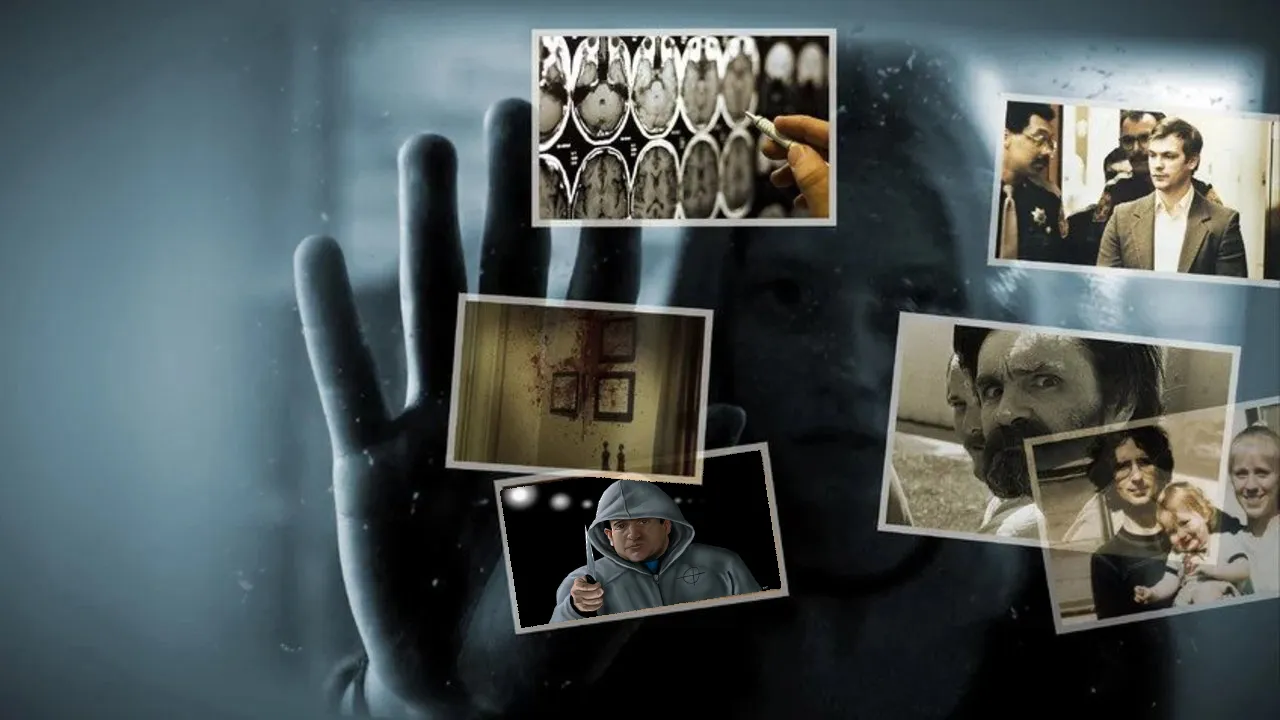

The experts agree that these criminal minds are fueled by violence. However, by the nature of their acts, their motivations for committing such heinous crimes differ from one another. A serial killer chooses his victim according to a particular prototype that stimulates his fantasies. A kidnapper does so based on other interests, perhaps driven by the adrenaline of being discovered or by the pleasure he derives from having absolute control over the victims in captivity. The cult leader, on the other hand, controls minds inspired by political, religious, satanic, or polygamous themes. And the capos or mafia bosses, or crime lords as they are also called, do it for power, money, recognition, and aggressive pathological narcissism.
The personalities of each of these criminal minds also distinguish them from one another. On the one hand, there are those with a friendly appearance or those who are quiet and solitary; on the other hand, there are those who have a double life, showing themselves as sociable, family-oriented, and successful people, and there are even those who like to be recognized and respected for their criminal acts. The documentary focuses its analysis on the criminals with the bloodiest and most sadistic stories ever known to public opinion; of course, they mention Jeffrey Dahmer, Ted Bundy, Ariel Castro, Charles Manson, Pablo Escobar, Al Capone, El Chapo Guzmán, among others.
En lo que si coinciden los expertos, es que estas mentes criminales se alimentan de la violencia. Sin embargo, por la naturaleza de sus actos, sus motivaciones para cometer crímenes tan atroces, difieren entre sí. Un asesino serial elige a su víctima conforme a un prototipo particular que estimula sus fantasías. Un secuestrador lo hace en función de otros intereses, tal vez movido por la adrenalina de ser descubierto o por el placer que le produce tener el control absoluto de las víctimas en cautiverio. El líder de secta, por su parte, controla las mentes inspirado en temas políticos, religiosos, satánicos o polígamas. Y los capos o jefes de las mafias, o señores del crimen como también los califican, lo hacen por poder, dinero, reconocimiento y narcisismo patológico agresivo.
Las personalidades de cada una de estas mentes criminales también los distingue a unos de otros. Por un lado, están los que tienen una apariencia amigable o los que son callados y solitarios; por otro lado, están los que tienen una doble vida, mostrándose como personas sociables, familiares y exitosas, e incluso están los que les gusta ser reconocidos y respetados por sus actos delictivos. El documental centra su análisis en los criminales con las historias más sangrientas y sádicas jamás conocidas por la opinión pública; por supuesto, mencionan a Jeffrey Dahmer, Ted Bundy, Ariel Castro, Charles Manson, Pablo Escobar, Al Capone, El Chapo Guzmán, entre otros.


The analysis of each of these criminal profiles by experts in forensic psychology is as fascinating as it is interesting, perhaps we are very close to someone like this without even suspecting it. Even knowing their modus operandi can alert a possible victim and thus avoid being easy prey for these criminal minds. For me, this documentary has no waste in terms of analysis and information. Now, why there is still so much evil in the human being, is a question with no certain answer. Faces we see, hearts we don't know...and brains we don't know either.
El análisis de cada una de estos perfiles criminales de mano de los expertos en psicología forense, resulta tan fascinante como interesante, tal vez estamos muy cerca de alguien así sin siquiera sospecharlo. Incluso, conocer sus modus operandi, puede alertar a una posible víctima y así evitar ser presa fácil de estas mentes criminales. Para mi, este documental no tiene desperdicio alguno en lo que a análisis e información se refiere. Ahora, el por qué sigue existiendo tanta maldad en el ser humano, es una interrogante sin respuesta cierta. Caras vemos, corazones no sabemos…y cerebros tampoco.


